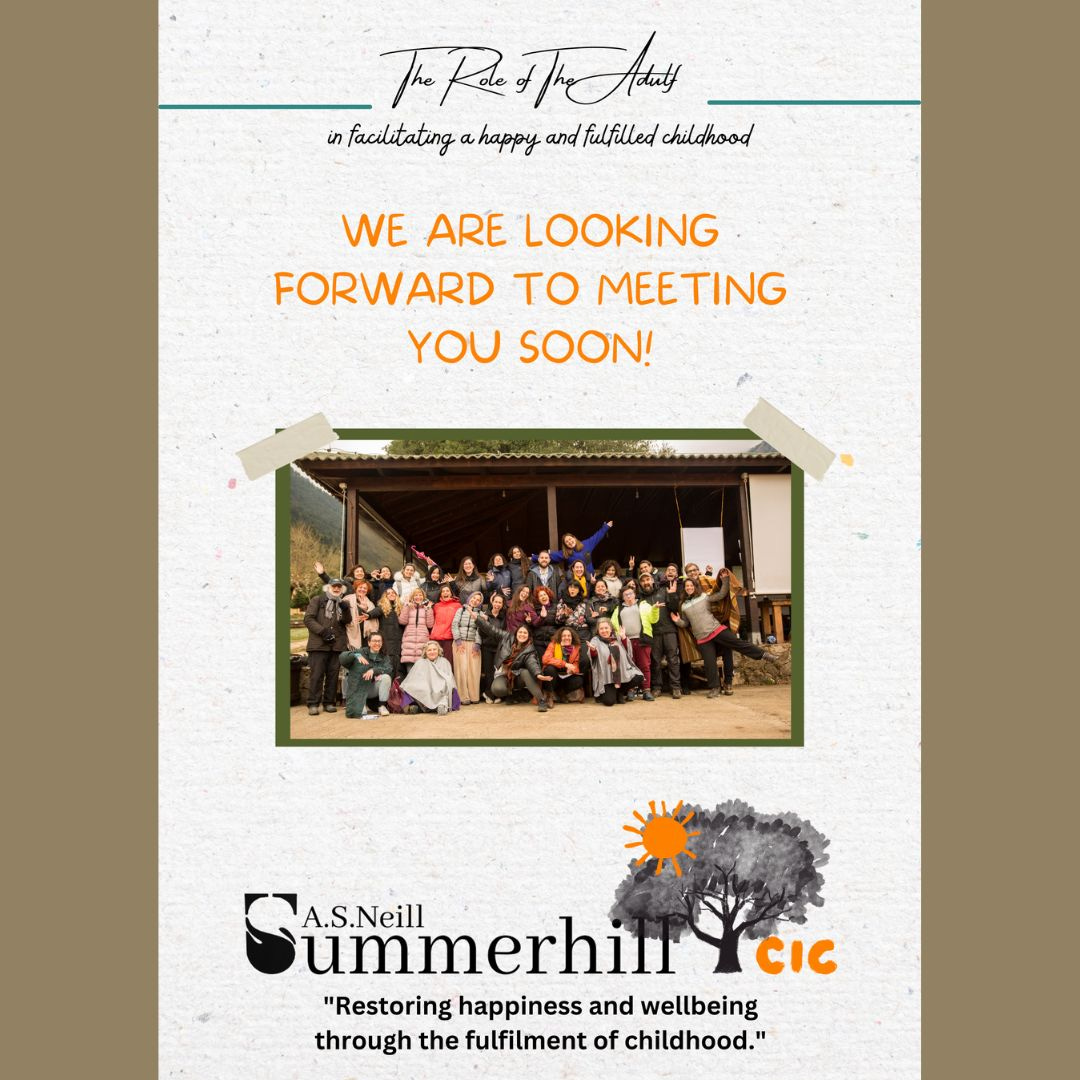The Power of Study Vibes: Creating Your Optimal Learning Environment
FREE Chemistry Cheat Sheet Inside!
We live in a world of constant distractions and competing priorities, the ability to create the perfect study environment has become something of an art form. From cosy coffee shop corners to meticulously curated home workspaces, the concept of "study vibes" has evolved from a simple preference into a sophisticated approach to optimising learning conditions. But what exactly are "study vibes," and why have they become so essential to today's educational experience?
The Psychology Behind Study Vibes
At its core, the concept of study vibes is rooted in environmental psychology, the study of how physical spaces influence human behaviour, mood, and cognitive performance. Research consistently shows that our surroundings significantly impact our ability to focus, retain information, and engage in deep work.
"The environment we create for learning doesn't just affect our comfort, it fundamentally shapes how our brain processes information," explains Dr. Maya Henderson, a cognitive psychologist specialising in learning environments. "When we optimise our study space, we're essentially programming our brain to associate that environment with focused attention and information processing."
This connection between environment and cognitive function explains why many students report dramatically different levels of productivity depending on where they study. The right study vibes can trigger what psychologists call "state-dependent learning," where environmental cues help activate the brain's focused learning mode.
The Elements of Perfect Study Vibes
Physical Space Design
The foundation of good study vibes begins with thoughtful space design. This involves considerations like:
Ergonomics: A properly positioned chair and desk prevent physical discomfort from distracting you during long study sessions. Your body shouldn't be fighting your furniture while your mind is trying to focus.
Lighting: Natural light is ideal for reducing eye strain and maintaining energy levels, but when that's not available, warm lighting at the right brightness can create a focused atmosphere without causing fatigue.
Organisation: A cluttered space creates a cluttered mind. Having systems for organising materials, whether physical or digital, reduces cognitive load and allows your brain to focus on the task at hand rather than searching for what you need.
Aesthetics: While minimalism works for some, others find inspiration in vibrant colours or meaningful objects. The key is intentionality—choosing elements that energise rather than distract.
Jade Williams, a graduate student in architecture who specialises in learning spaces, notes: "The most effective study environments balance functionality with personalisation. The space needs to work for you practically, but it also needs to feel like somewhere you want to be."
Sensory Elements
Beyond the physical layout, study vibes encompass all sensory experiences:
Sound: The debate between silence and background noise continues, but research suggests it depends on both the individual and the task. Complex material may require silence for most people, while routine tasks might benefit from ambient noise or specific music genres like lo-fi, classical, or instrumental tracks.
Interestingly, the growing popularity of "study with me" videos and livestreams suggests that even the simulated presence of others studying can create motivational audio vibes for many learners.
Scent: Aromatherapy isn't just for relaxation; certain scents can enhance cognitive function. Rosemary has been linked to improved memory, while peppermint can increase alertness. Lemon and other citrus scents may help reduce stress while maintaining focus.
Temperature: Most research indicates that a slightly cool but comfortable temperature (around 68-72°F or 20-22°C) is optimal for cognitive performance. Too warm, and drowsiness becomes an issue; too cold, and discomfort becomes distracting.
Touch: The textures in your environment matter too, from the feel of your chair to the smoothness of your desk surface. Even small tactile elements like a particular pen that feels good in your hand or a favourite textured notebook can enhance your connection to the learning process.
Digital Study Vibes
We now see, study vibes extend beyond physical spaces:
Digital Organisation: Just as physical clutter impedes focus, digital chaos can derail productivity. Folder systems, bookmarking strategies, and digital note-taking platforms create a sense of order in virtual learning environments.
App Ecosystems: From focus timers and white noise generators to note-taking systems and flashcard apps, today's students curate digital toolkits that enhance their study experience.
Screen Considerations: Blue light filters, adjusted brightness, and strategic breaks help prevent the eye strain and fatigue that can disrupt otherwise perfect study vibes.
Virtual Backgrounds: For those studying in shared physical spaces, virtual reality and augmented reality apps now offer the ability to immerse yourself in ideal study environments, from serene libraries to mountain retreats, no matter where you actually are.
Social Dimensions of Study Vibes
While many think of study vibes as a solitary concern, social elements often play a crucial role:
Collaborative Energy: For many learners, studying alongside others, whether friends, classmates, or strangers in a library, creates a motivational atmosphere through what psychologists call "social facilitation."
Community Expectations: Different study environments carry different behavioural norms. Libraries typically encourage silence and focused work, while certain cafés cultivate a creative, collaborative energy.
Accountability Partners: Sometimes the perfect study vibe includes someone who helps keep you on track, either through explicit check-ins or simply through their presence and parallel focus.
Morgan Lee, a learning commons coordinator at Westlake University, observes: "We've designed our spaces to accommodate different social study preferences. Some students need absolute silence, some work best with quiet discussion, and others thrive in bustling atmospheres. The best institutions recognise that one vibe doesn't fit all."
The Cultural Evolution of Study Vibes
The concept of study vibes has evolved significantly across generations:
Traditional Study Spaces: Previous generations associated serious study almost exclusively with quiet libraries and stark desk setups, environments designed to eliminate distraction through austerity.
Café Culture: The early 2000s saw the rise of the coffee shop as a primary study location, introducing the idea that a bit of background activity and ambient noise could actually enhance focus for many learners.
Aesthetic Study: Social media has transformed study vibes into a visual culture, with aesthetically pleasing study setups becoming aspirational content. Hashtags like #StudyWithMe, #DeskSetup, and #StudyMotivation have millions of posts across platforms.
Digital Nomad Learning: Remote work culture has influenced study habits, with more students embracing the flexibility to create temporary study environments in diverse locations, from park benches to airport lounges.
Pandemic Adaptations: COVID-19 forced unprecedented experimentation with study environments, as learners of all ages had to create effective spaces within their homes, often sharing those spaces with others.
Creating Your Personalised Study Vibes
The most important insight about study vibes is that they're deeply personal. What works for someone else may not work for you. Developing your ideal study environment requires intentional experimentation:
Try Different Locations: Test how you respond to various environments—libraries, cafés, outdoor spaces, different rooms in your home.
Experiment With Sensory Elements: Use a study journal to track how different music, lighting, or ambient sounds affect your concentration and retention.
Consider Your Learning Task: Different types of studying might benefit from different environments. Memorisation, creative problem-solving, writing, and reading comprehension each might thrive under different conditions.
Reflect on Time Patterns: Most people have natural energy fluctuations throughout the day. Align your most challenging work with your peak focus hours, and create environmental cues that support this rhythm.
Embrace Flexibility: The perfect study vibes for you might change based on seasons, project demands, or your own evolving preferences. Being adaptable allows you to optimise your environment as needed.
When Study Vibes Become Procrastination
While creating the perfect study environment is important, it's worth noting the fine line between optimising your space and procrastinating through perfectionism.
"I see students who spend hours creating the perfect study setup but then have little time for actual studying," notes Dr. Elaine Rodriguez, an educational psychologist. "Remember that study vibes should serve your learning, not become an elaborate avoidance strategy."
Signs that your pursuit of perfect study vibes might be procrastination include:
Feeling that you can only study when conditions are "just right"
Spending more time organising your space than using it
Constantly changing your setup instead of settling into work
Using environment-tweaking as a way to delay starting difficult tasks
Study Vibes for Different Learning Styles
While the concept of rigid learning styles has been largely debunked, people do have preferences that affect their ideal study environment:
Visual Learners might benefit from spaces with minimal visual distraction, good lighting, and tools for creating diagrams and mind maps.
Auditory Processors often do well with background sounds that mask disruptive noises without becoming distracting themselves.
Kinesthetic Learners might incorporate movement into their study environment, stand-up desks, fidget tools, or spaces that allow for periodic movement breaks.
Reading/Writing Preferences could call for ergonomic setups that support lengthy reading or writing sessions with proper posture and hand positioning.
The Future of Study Vibes
As education continues to evolve, study environments are transforming as well:
Biophilic Design: Incorporating natural elements like plants, natural materials, and views of nature is gaining prominence in learning space design as research confirms its cognitive benefits.
Adaptive Environments: Smart home technology is beginning to create study spaces that automatically adjust lighting, temperature, and even sound based on the time of day and type of work being done.
Neurodiversity Considerations: Growing awareness of neurodiverse learning needs is expanding our understanding of what makes an effective study environment, recognising that sensory preferences vary widely.
Sustainability Focus: Eco-friendly study setups are emerging as students seek to create spaces that align with environmental values while supporting cognitive function.
Conclusion: The Study Vibes Revolution
What was once a simple matter of finding a quiet corner has evolved into a sophisticated approach to optimising cognitive performance through environmental design. The study vibes movement represents a growing awareness that learning doesn't just happen in our minds; it's deeply influenced by everything around us.
As we continue to understand more about how our brains work and how our environments affect us, the science of study vibes will undoubtedly become more refined. But the core principle remains timeless: creating spaces that help us focus, engage, and learn effectively is one of the most powerful educational tools at our disposal.
Whether you're a student seeking to ace your next exam, a professional engaging in continuous learning, or an educator designing spaces for others, attention to study vibes can transform the learning experience from a struggle to a flow state, where the environment itself becomes an active participant in the educational journey.
So the next time you sit down to learn something new, remember: the space around you isn't just a backdrop, it's a powerful catalyst for your cognitive potential.
Recommended Resource for Science Education Tutoring Online:
Need a Coach? Here’s Steve a Great Coach and a Good Friend:
Building a Community - Your Voice Matters
This newsletter is more than just a one-way street. It's a community where we can learn from each other, share our experiences, and support one another on our educational journeys. I encourage you to engage with the content, share your thoughts and questions, and connect with fellow readers.
Message Dominus Owen Markham
I believe that education is a lifelong pursuit, a continuous process of growth and discovery. Together, we can create a more engaging, equitable, and empowering learning experience for all.
Final Thoughts
Thank you for joining me on this exciting adventure. I'm eager to explore the world of education and coaching with you. Let's embark on this journey together, embracing the past, navigating the present, and shaping the future of learning.
Until next time, keep learning, keep growing, and keep inspiring!














